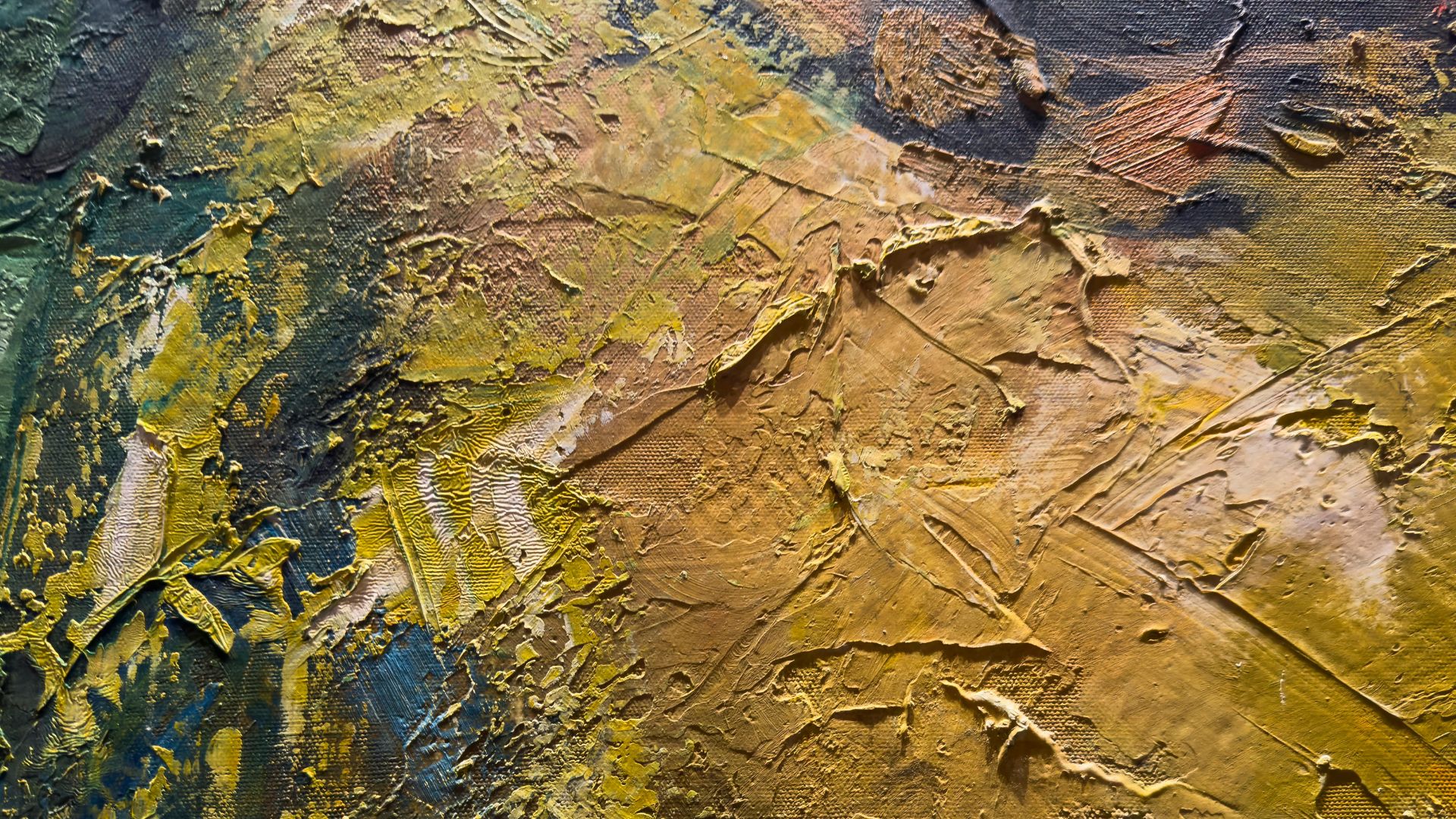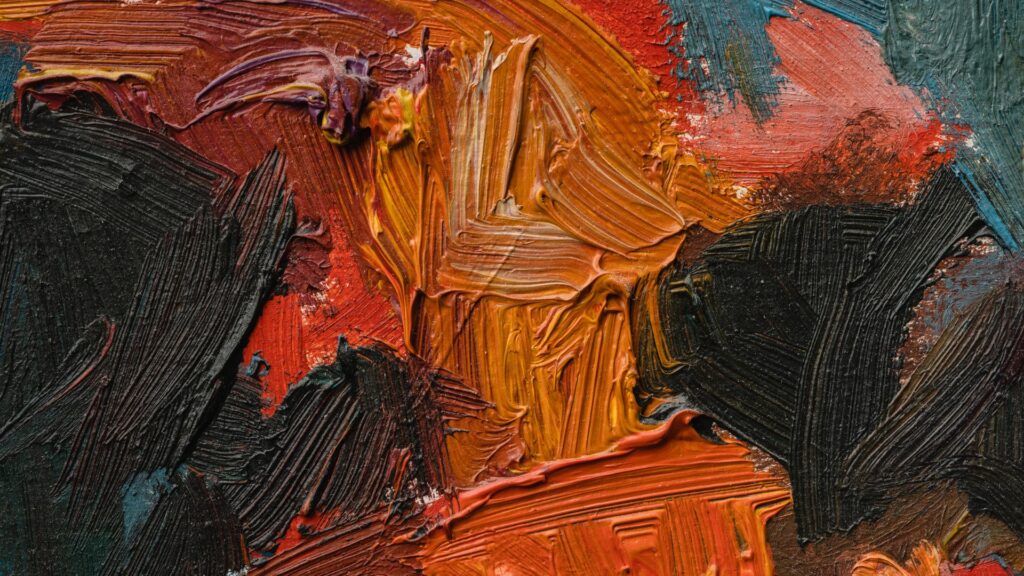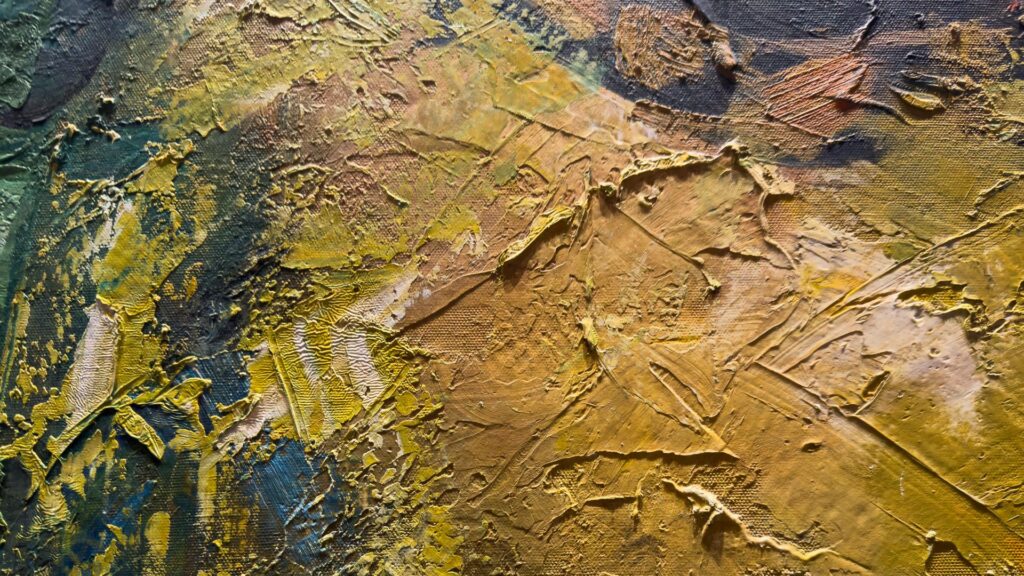
Acrylic vs. oil: Which paint is better for portrait painting?
Portrait painting has long been a beloved genre among artists, allowing them to capture the essence and personality of their subjects with striking detail and emotion. From the highly detailed portraits of the Renaissance to modern, stylised depictions, portraits offer endless possibilities for creative expression. But when it comes to choosing the right medium for a portrait—acrylic or oil—artists often find themselves torn between the two. Both have their advantages, but ultimately, the choice depends on the artist’s personal style, workflow preferences, and the kind of effect they wish to achieve.
In this article, we’ll dive into the key differences between acrylic and oil paints for portraiture, exploring the strengths and challenges of each:
- Acrylic for portraits
- Oil for portraits
- Comparing the two
- Personal preference and artistic goals: Which paint do you choose?

Acrylic for portraits
Acrylic paints are known for their quick drying time and versatility, making them an appealing option for portrait artists who prefer to work fast and build layers quickly. Unlike oils, which can take days or even weeks to dry, acrylics usually dry to the touch in 15-30 minutes. This can be a huge advantage for portrait artists who like to work efficiently and progress quickly, as it allows for multiple layers in a single session without long waiting times between applications.
One of the main benefits of acrylics for portrait painting is the ability to layer easily. Acrylics dry fast, but they also allow for quick corrections or changes, making them perfect for artists who are refining the details of a portrait. For instance, if a layer of paint is applied and doesn’t quite look right, you can quickly paint over it once it’s dry. This makes the process of building up fine details much more manageable, particularly when working on the complex skin tones and subtle transitions found in portraiture.
Another advantage of acrylic paints is their adaptability. They can be thinned with water for a more transparent effect, or used directly from the tube for more opaque, solid coverage. This gives artists greater flexibility in how they approach their work, whether they’re trying to achieve a smooth, flat surface or a more textured effect. Additionally, acrylic paints can be used on a wide variety of surfaces, including canvas, wood, and even paper, which can be a big bonus for artists who like to experiment.
However, there are some downsides to using acrylics for portraits. One common challenge is the medium’s tendency to dry too quickly. While this can be an advantage in some cases, it can also make blending difficult, especially when trying to achieve the smooth transitions between light and shadow that are so crucial in portraiture. Some artists find it harder to achieve the same level of blending finesse with acrylics as they can with oils, which may limit their ability to capture lifelike detail in a portrait.
Oil for portraits
Oil paints have been the gold standard for portrait painting for centuries, and for good reason. Their slow drying time allows for smoother blending and subtle transitions of colour, which are essential when capturing the nuanced tones and textures of human skin. The richness and depth that oils provide can give a portrait a more lifelike quality, as the paint itself has a velvety, buttery texture that allows for effortless blending.
“I am a simple man, and I use simple materials: ivory black, vermilion, prussian blue, yellow ochre, flake white and no medium. That’s all I’ve ever used in my paintings. I like oils … I like a medium you can work into over a period of time. ” – L.S. Lowry
One of the main reasons oils are favoured for portraiture is their ability to create seamless transitions between colours. With oil paints, artists have plenty of time to manipulate the paint, creating smooth gradients of light and shadow without the risk of the paint drying too quickly. This makes it much easier to achieve realistic skin tones, soft shadows, and highlights that flow naturally. The medium also allows for more detailed work, such as painting fine lines, textures, and delicate facial features with precision.
In addition to their blending properties, oil paints also offer a rich depth of colour that is difficult to replicate with other mediums. The glossy finish that oils produce can bring a certain luminosity to the skin, adding a natural sheen that is especially useful in portraits. The depth of colour in oil paints allows artists to create more complex, multi-layered tones, which is particularly important when capturing the subtle variations in a subject’s face.
However, oil painting does come with its own set of challenges. The long drying time that makes blending easier can also be a downside for artists who want to work quickly or make changes to their painting on the fly. Oils can take days or weeks to fully dry, and even longer for thick layers, which can slow down the painting process. Additionally, oils require solvents like turpentine or mineral spirits for cleaning brushes, which can be a hassle and pose health risks if not handled properly.

Comparing the two
When it comes to portraiture, the choice between acrylic and oil ultimately depends on the artist’s approach and the effect they want to achieve. Acrylic paints are fast-drying, easy to clean, and versatile, making them ideal for artists who prefer to work quickly and build layers efficiently. They’re also more affordable and less toxic than oil paints, which makes them a good option for beginners or artists on a budget.
On the other hand, oil paints are better suited for artists who want to spend more time on the blending process and create rich, layered portraits with deep colours and soft transitions. Oils offer more flexibility in blending and capturing the subtle details of a face, which makes them the go-to choice for many traditional portrait painters. However, the slow drying time and additional materials needed for oil painting—such as solvents and mediums—can make them less convenient for some artists.
Personal preference and artistic goals: Which paint do you choose?
Ultimately, whether acrylic or oil is the better choice for portrait painting depends on your personal preferences and artistic goals. If you value speed, versatility, and ease of use, acrylics may be the better fit for you. However, if you’re aiming for traditional portraiture with rich colours, smooth blending, and a more detailed, time-intensive approach, oil paints will likely serve you best.
Let’s recap today’s article:
- Acrylic for portraits: Quick-drying, allowing for fast layering and easy corrections, but can make blending challenging for smooth transitions in skin tones.
- Oil for portraits: Offers slow drying time, ideal for smooth blending and capturing realistic skin tones, depth, and fine details with rich, luminous colours.
- Blending and detail: Acrylics dry too quickly for easy blending, while oils allow for more time to manipulate the paint and achieve seamless transitions.
- Pros and cons: Acrylics are fast, versatile, and easy to clean, while oils offer depth, texture, and superior blending but require longer drying time and solvents.
- Conclusion: Acrylics are better for quick, vibrant work, while oils are best for detailed, traditional portraits with rich textures and smooth transitions.
Whichever medium you choose, the most important thing is to experiment, practice, and find the style that works for you. So, pick up your brushes and start painting—there’s a portrait waiting to be brought to life!